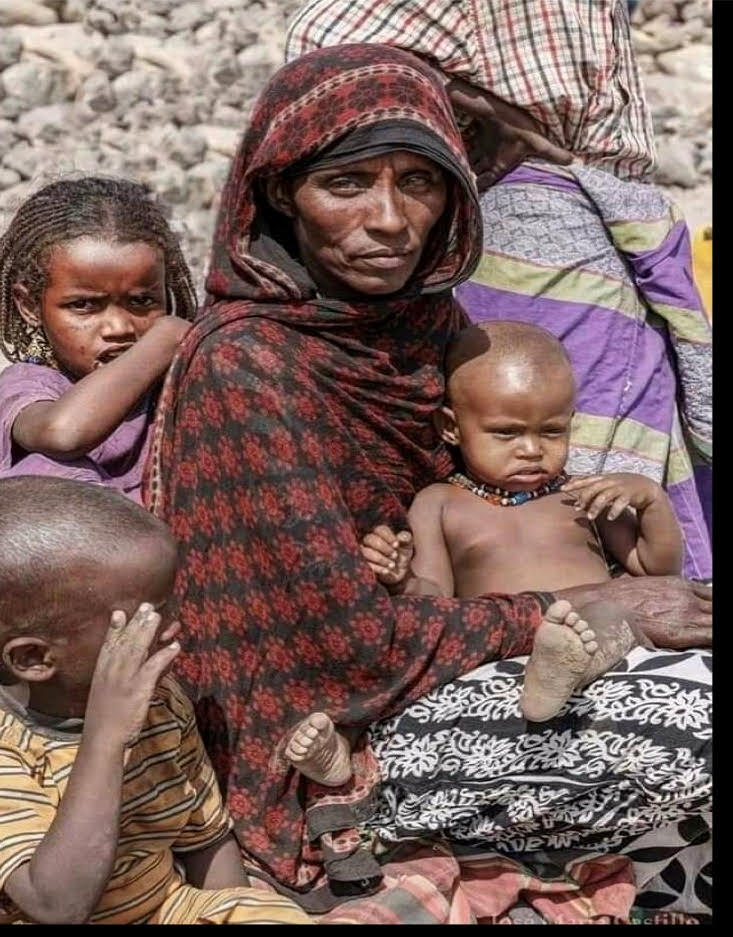We are now well into May so I hope you are in a position to make your annual contribution to boosting health in the developing world.
So far your colleagues have contributed over $30,000 for this year’s campaign.
Recall that your dollar contributions go a very long way in countries such as East Timor and DR Congo where the annual health care spending was about $30 per capita in 2020 and since then less!
By contrast it was $8,600 per capita in Australia in 2020 and since then, more.
Our DRC partners Surgicalife have had great success in training surgeons with Dr Justin Tsandiraki being awarded his full Fellowship in General Surgery by COSECA ( College of Surgeons of East Central and Southern Africa) in December. It takes 5 years at least to train a specialist. There remain only 0.4 surgical, obstetric and anaesthetic specialists per 100,000 population in DRC. The recommendation is for 50 times as many! Two new trainees were selected to commence this year and 4 are currently in more advanced training.
Our Barbara May Foundation collaboration has helped staff new hospitals. In just the Kivulini Maternity Hospital, run on a shoe-string budget, 288 babies were safely delivered in March alone. Since its opening, the hospital has been providing fistula surgeries, clinics, outreach programs, maternity services, and more. Additionally, we’re planning to build a new hospital in Tanzania near Dodoma, at the country’s centre, with construction expected to begin this year. Furthermore, we’re partnering with an organisation in Northern Uganda to construct another hospital.
Our support of the Fred Hollows foundation is shifting towards cataract treatment in Sub-Saharan Africa. Cataract surgery not only delivers QUALYs at incredibly low cost but also achieves an enormous economic return with $1 invested resulting in $23.4 economic benefit to the country.
TTD’s collaboration with UNICEF has shifted slightly Westward from PNG to East Timor. (This is after a very generous donor fully funded the PNG project). Details of the new program are attached.
Thank you for your continuing support of health in the developing world. By your actions you are likely greatly extending your impact as a physician working for this planet.


